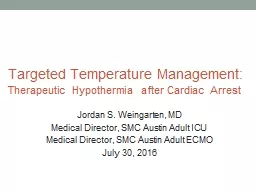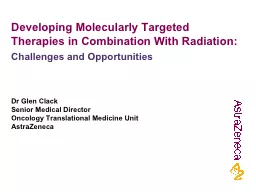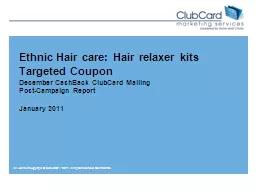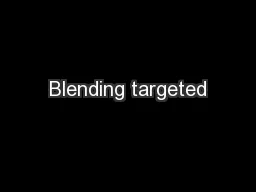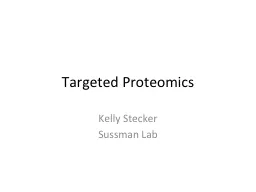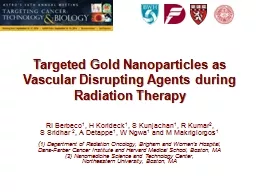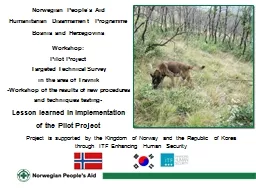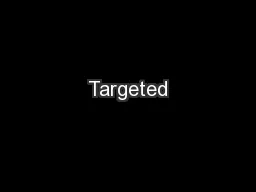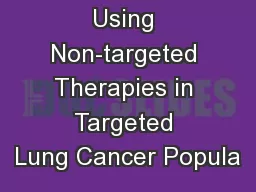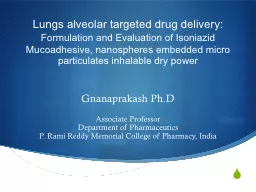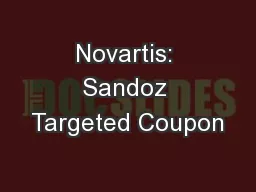PPT-Targeted Temperature Management:
Author : briana-ranney | Published Date : 2018-03-11
Therapeutic Hypothermia after Cardiac Arrest Jordan S Weingarten MD Medical Director SMC Austin Adult ICU Medical Director SMC Austin Adult ECMO July 30 2016 Disclosures
Presentation Embed Code
Download Presentation
Download Presentation The PPT/PDF document "Targeted Temperature Management:" is the property of its rightful owner. Permission is granted to download and print the materials on this website for personal, non-commercial use only, and to display it on your personal computer provided you do not modify the materials and that you retain all copyright notices contained in the materials. By downloading content from our website, you accept the terms of this agreement.
Targeted Temperature Management:: Transcript
Download Rules Of Document
"Targeted Temperature Management:"The content belongs to its owner. You may download and print it for personal use, without modification, and keep all copyright notices. By downloading, you agree to these terms.
Related Documents

